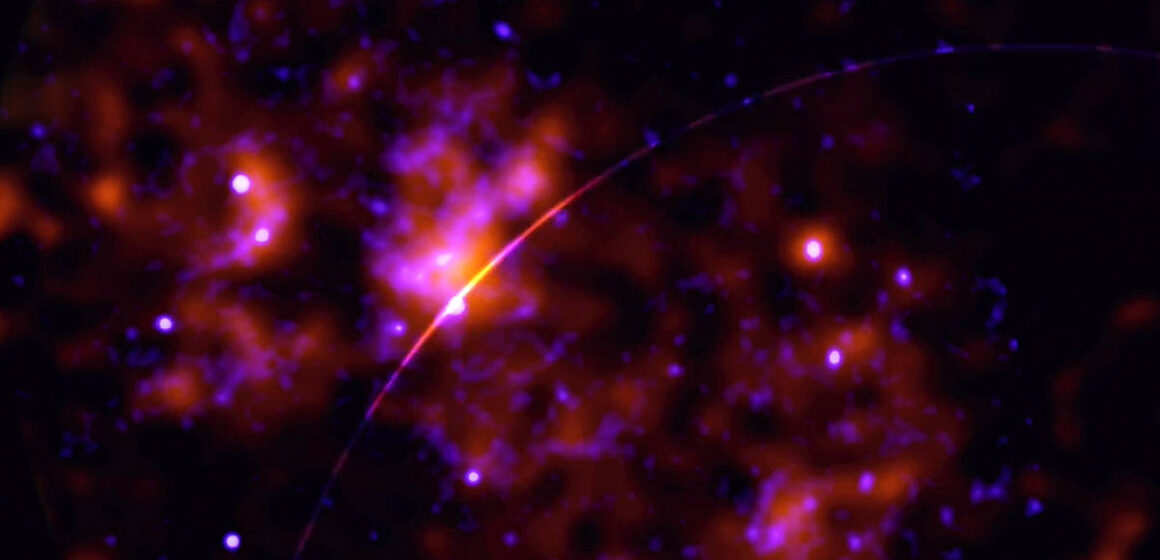Astronomers detect an eerie echo in the galactic center of the Milky Way
Scientists believe that galactic musical sounds were emitted from the Milky Way’s supermassive black hole in the early 19th century.
The Milky Way has a supermassive black hole at its galactic center, about 26,000 light-years from Earth. Its name is Sagittarius A*, often abbreviated to Sgr A*, and its mass is 4.1 million times that of our Sun.
In findings published yesterday, scientists say they have spotted an eerie sound coming from the black hole discovered by NASA’s IXPE spacecraft.
Their research suggests that this sound, an apparently melodious chant, is an echo of a violent outburst emitted by the black hole in the early 19th century (listen above).
The findings suggest that a mass of gas and dust got too close to the black hole, causing it to wake up from a dormant state and gobble up materials.
When a black hole feeds on gas and dust, bursts of bright X-ray light bounce off and echo, which can then become sound waves.
Photo: NASA/CXC/SAO/IXPE
The echo was detected after astronomers at the French Astronomical Observatory in Strasbourg noticed that huge clouds of star-forming molecular gas that live near Sgr A* glowed brighter in X-rays than usual.
According to observations published on June 21 in the journal Naturethe light probably did not come from the gas clouds, but was reflected from them after an outburst from the black hole.
A team led by Frédéric Marin of the University of Strasbourg used NASA’s IXPE satellite and found the theory very plausible.
“This reveals the past wake of this giant object – which is four million times more massive than the Sun,” Marin said.
Given that the spacecraft can reveal information about how the light is produced and reflected, scientists could conclude that the origin of the X-rays is in the vicinity of Sgr A* and that they were emitted just over 200 years.
The sonification above, which is an adaptation of NASA visual data, shows a curved line breaking the image starting in the lower right corner. As it runs through the IXPE data, sounds like digital winds are triggered.
“Our work provides the missing evidence that the X-rays from the giant molecular clouds are due to the reflection of an intense but short-lived flare produced in or near Sagittarius A*,” Marin added.
We don’t know exactly what came close to Sagittarius A* to be torn apart by the forces surrounding it. But we do know that it produced this extraordinary eerie echo, and a huge acoustic scream from the depths of space.


